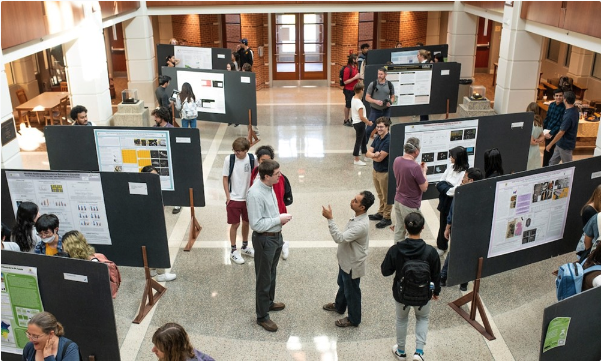Files
Download Full Text (1.3 MB)
Document Type
Article
Publication Date
Fall 10-6-2022
Abstract
Many of America’s cities were mapped by the Home Owners Loan Corporation (HOLC). This practice led to structurally racist housing policies and practices, namely redlining. The practice of redlining directed both public and private capital to native‐born, white families and away from Black, Latinx, and immigrant families that lived in these areas. While redlining is illegal today due to the Fair Housing Act of 1968, its impact is still evident in the structure of many U.S. cities including St. Louis (Hillier 2015). Today, redlined areas are particularly susceptible to environmental injustices because laws, regulations, governmental programs, and policies inadequately protect the marginalized minority groups living in these communities (Pulido 2015). To better characterize the undue environmental burden placed on the residents living in these redlined communities, this project aims to analyze the spatial relationships between historical HOLC redlining maps, modern-day demographics, and the present‐day environmental hazards such as brownfield sites, superfund sites, hazardous waste sites, and PM2.5 concentrations found in these communities.
Recommended Citation
Keller, Margaret and Brown, Kenneth, "Linking Historical Redlining Maps to Present‐Day Environmental Hazards in St. Louis" (2022). Annual Student Research Poster Session. 103.
https://scholarship.depauw.edu/srfposters/103




Comments
We would like to thank the DePauw Asher Committee for the Sciences Funds for funding this project. We would also like to thank the DePauw Faculty Development Committee (FDC) for supporting this project. We would also like to thank Dr. Tim Cope and the DePauw Geoscience Department for the use of their ArcGIS software and computer resources.